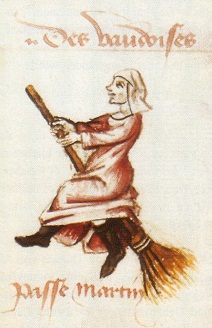 “Eye of newt, and toe of frog,
“Eye of newt, and toe of frog,
Wool of bat, and tongue of dog”
“Adder’s fork, and blind-worm’s sting,
Lizard’s leg, and owlet’s wing”
“For a charm of powerful trouble,
Like a hell-broth boil and babble”
“Double, double, toil and trouble,
Fire burn, and caldron bubble”
~ William Shakespeare
Historians believe Halloween dates back over 2,000 years ago to the ancient Celtic people, the origin of the Irish, Scottish, and Welsh. Back then, they celebrated the coming of the New Year, or Samhain, pronounced sow-an (sow, like cow), in November. On the eve of each New Year, people dressed in costumes to ward off evil spirits they believed were walking about causing trouble. Despite the change of the New Year and the arrival of Christianity, the tradition continued, with the new name “All Hallow’s Eve.” Various Christian sects tried to change the purpose from the pagan holiday to one that honors Saints, and to offer prayers to the departed. But of course, as with most holidays, the church ended up with a mixture of pagan and Christian customs. The dates also moved around until they finally settled on October 31 for All Hallow’s Eve, followed by All Saint’s Day.
In Great Britain, the belief in witches dates back thousands of years, and unfortunately, many beautiful women, as well as women who served their communities as healers, were often labeled witches and died a witch’s death, usually because of someone’s jealousy or spite. Immigrants brought superstitions about witches to America, along with tales of evil spells and transformations. These superstitions meshed with African slaves’ belief in back magic, and in some cases, Native American folklore, to further the belief in witches and everything supernatural.
However, witches’ association with Halloween appears to be a fairly modern concept. Apparently in the 1800’s a legend cropped up of a gathering of witches every spring and fall, arriving on flying broomsticks to party with the devil. Before that, witches were only believed to have used broomsticks for the mundane task of cleaning an area before performing a healing ritual. Aren’t you terrified?
As far as witches’ association with black cats, some believed cats were ‘familiars’ of the witches, meaning cats served witches, spied for them, and helped cast evil spells. Others believed witches could transform into cats. I suppose if a vampire can become a bat, a witch can become a cat, right?
Do you believe in evil, spell-casting witches and black magic? What is your favorite Halloween Tradition?
Sources:
http://www.theholidayspot.com/halloween/history.htm#ifhX6mJu2FjO2IhA.99
http://blogs.smithsonianmag.com/threaded/2012/10/the-witches-of-halloween-past/

Thank you for all the wonderful and very interesting research information you give all us readers. Love your books.